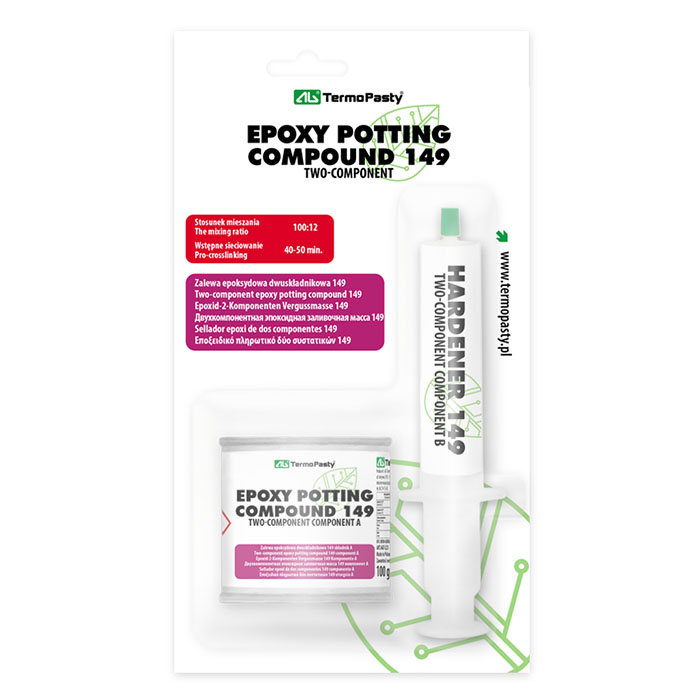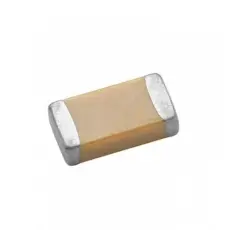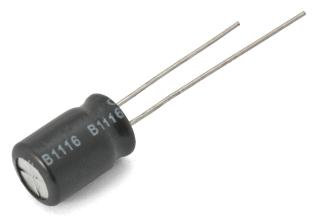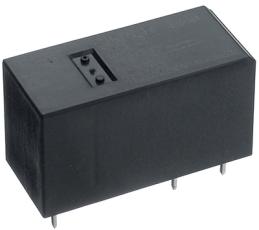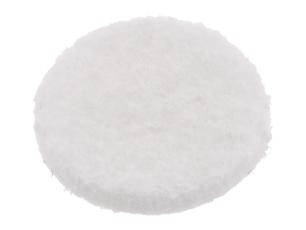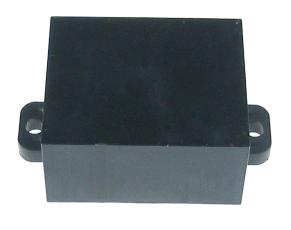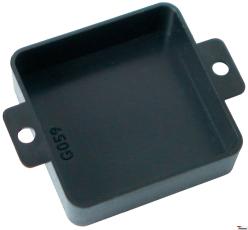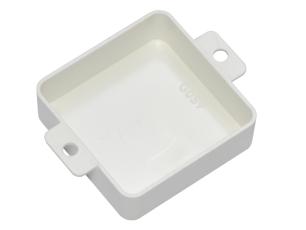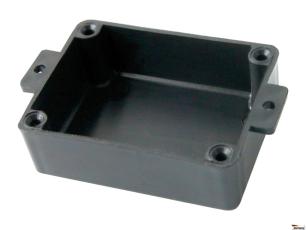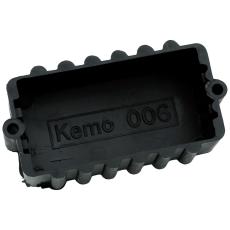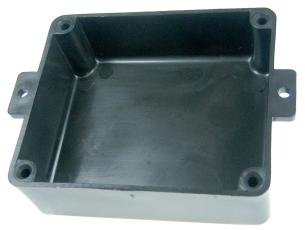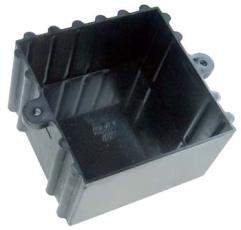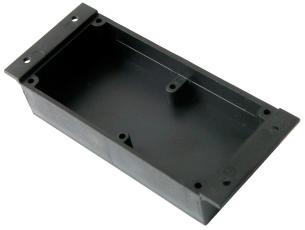Product description
Epoxy Potting Compound 149 is a two-component, epoxy-based potting compound developed to protect and encapsulate electronics and circuit boards in enclosures. The compound forms a strong protective layer around components and circuit boards. It resists moisture, dust, chemicals, and mechanical stress (e.g. vibrations). The potting compound has excellent insulating properties and provides strong adhesion to a wide range of materials.
The product is used under demanding conditions, for example:
- Protection of automotive electronics
- Vibration and contamination protection for power tools and industrial electronics
- Moisture protection for outdoor electronics
- Encapsulation of marine electronics
Properties
- Insulating properties: Provides reliable protection against electrical breakdown and short circuits
- Chemical resistance: Withstands exposure to many aggressive chemicals, including acids and bases
- Wide range of applications: Suitable for potting coils, transformers, capacitors, resistors, connectors, and cable ends
- Strong adhesion: Bonds effectively to metals, plastics, and ceramics
- Weather resistance: Retains its properties even under challenging temperature and weather conditions
Specifications
- Mixing ratio: 100 parts base (A) to 12 parts hardener (B)
- Pot life at 25 °C: Approx. 15–20 minutes
Curing time:
- Mechanical strength: 7 days at room temperature
- Chemical resistance: 14 days at room temperature
- Final color after curing: Light yellow
Additional data:
- Viscosity before curing: 20,000–30,000 cP at 25 °C
- Density after mixing: 1.16 g/cm³ at 25 °C
- Temperature resistance: Up to 100 °C
Instructions for use
- Surface preparation: Clean surfaces from mechanical contamination using sandpaper and degrease with e.g. isopropanol.
- Mixing: Thoroughly mix base (A) and hardener (B) in the ratio 100 parts base to 12 parts hardener.
Base:
Warning / Danger:
Contains: Diglycidyl ether of bisphenol A (2,2-Bis(4-glycidyloxyphenyl)propane)
Hazard statements:
- H315: Causes skin irritation.
- H317: May cause an allergic skin reaction.
- H319: Causes serious eye irritation.
- H411: Toxic to aquatic life with long lasting effects.
Precautionary statements:
- P262: Do not get in eyes, on skin, or on clothing.
- P264: Wash hands thoroughly after handling.
- P273: Avoid release to the environment.
- P280: Wear protective gloves/protective clothing/eye protection/face protection.
Hardener:
Warning / Danger:
Contains: Triethylenetetramine, Tetraethylenepentamine, 2-piperazin-1-ylethylamine,
Diethylenetriamine, 2-(2-Aminoethylamino)ethanol
Hazard statements:
- H302+H312: Harmful if swallowed or in contact with skin.
- H314: Causes severe skin burns and eye damage.
- H317: May cause an allergic skin reaction.
- H412: Harmful to aquatic life with long lasting effects.
Precautionary statements:
- P261: Avoid breathing dust/fume/gas/mist/vapours/spray.
- P262: Do not get in eyes, on skin, or on clothing.
- P273: Avoid release to the environment.
- P280: Wear protective gloves/protective clothing/eye protection/face protection.
- P303+P361+P353: IF ON SKIN (or hair): Take off immediately all contaminated clothing. Rinse skin with water [or shower].
- P305+P351+P338: IF IN EYES: Rinse cautiously with water for several minutes. Remove contact lenses, if present and easy to do. Continue rinsing.

